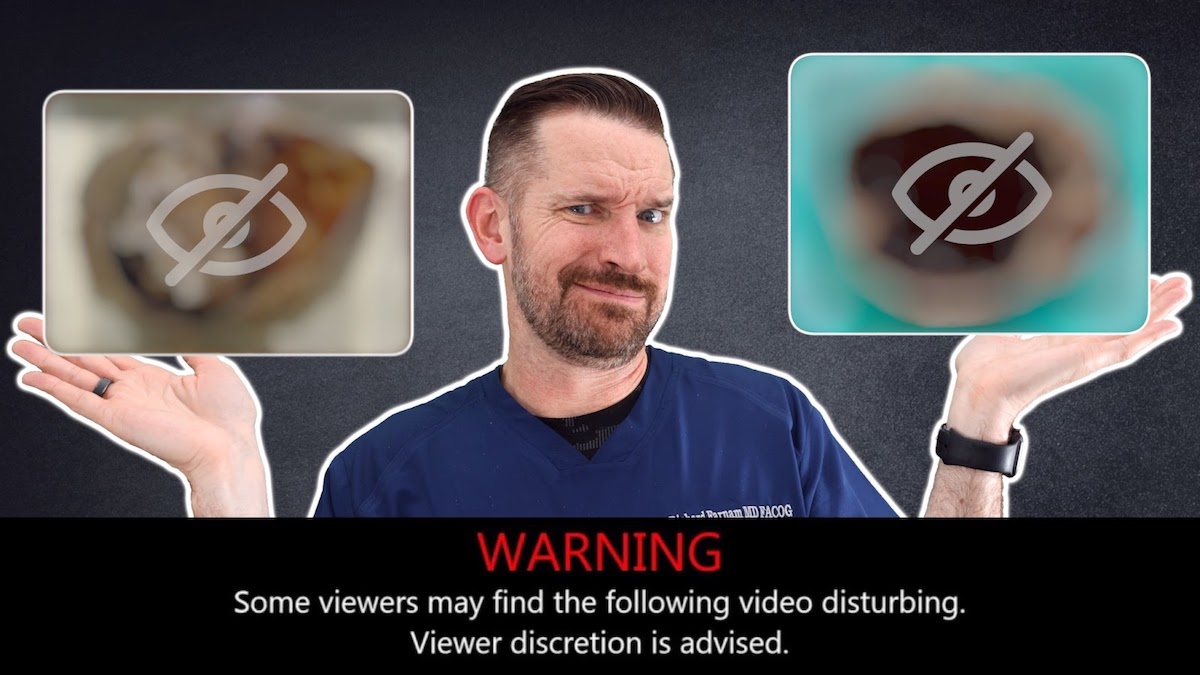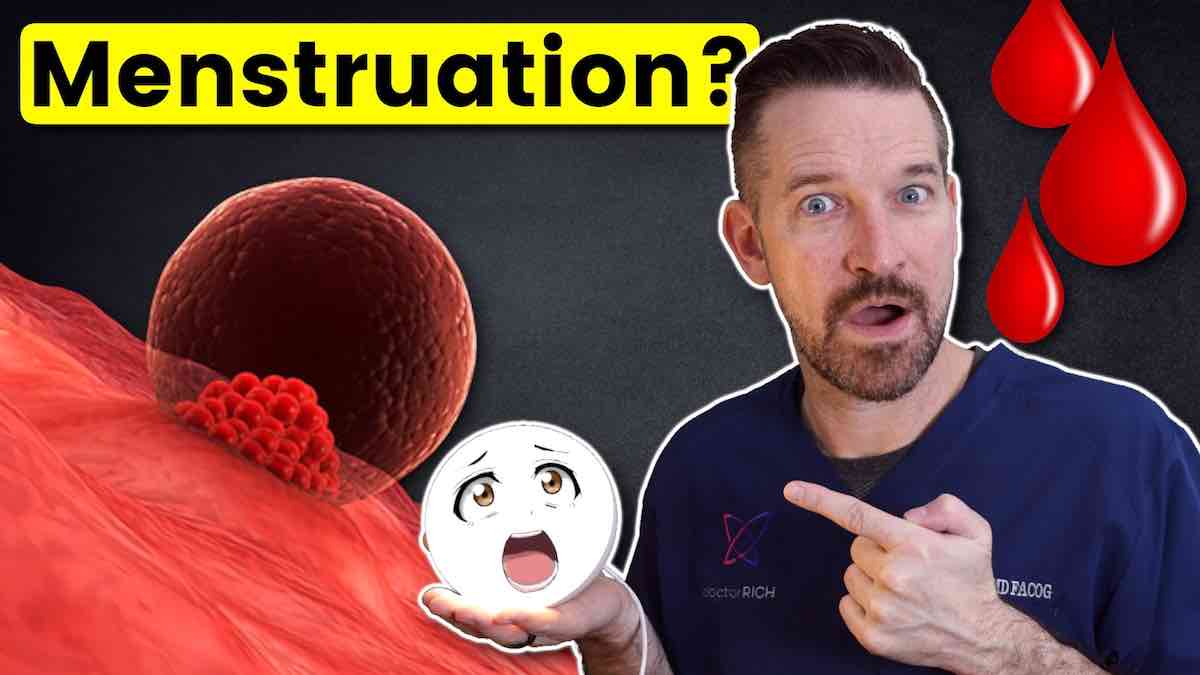Hi, I’m Dr. Rich — and my passion is to provide every woman with practical knowledge about the world of women’s health. I want to take a step back and focus on my video on fibroids — as this has generated a lot of thoughtful questions in the comment section. Specifically, I want to talk about the array of surgical treatment options you have for fibroids — and also the fertility-preserving options for fibroid management. Check it out!
Don’t have time to read this post? Watch the video here instead!
Doctor Rich:
So what are the surgical options?
Fortunately, there are quite a number of options that we can employ to reduce the bulk symptoms of the fibroids (the bleeding and the pain) and preserve fertility!
So certainly the only treatment that exists to permanently, irrevocably remove fibroids — and never have a symptom again — would be a hysterectomy. And we can do that robotically through little incisions with an outpatient type of surgery. However, many women are seeking fertility-preserving treatment options — and we have a number of them!
Staying along the robotic lines, we’re talking about something called a robotic myomectomy. What that means is that we remove the fibroids from the uterus — and leave the uterus intact. And usually in that process, we actually improve fertility. The surgery itself involves little tiny robotic arms, which are able to open the serosa (or the outermost layer of the uterus), and essentially pluck out the fibroids and then close those serosal edges together — essentially leaving the uterus how it was before the fibroids.
Some operators (some surgeons) prefer to do this with a laparoscopic technique, which is good as well because it also uses small incisions. And some providers would prefer to do it through an open incision. And if that is the level of their expertise, and they’re going to give you a good outcome that way, and you trust your provider — that would be a great option. If, however, you’re seeking an alternative option with a minimally invasive technique — which can give you a much shorter recovery — you may want to look for a provider that offers laparoscopic or robotic myomectomy.
And I think it bears mentioning that there is one specific type of fibroid called a submucous fibroid. Now, this fibroid actually occurs on the very inner lining of the uterus. It specifically causes heavy bleeding. And it specifically can impair the implantation of a fertilized egg and cause infertility. The approach to this type of fibroid — the submucous fibroid — would be different. This would be approached through a hysteroscopic resection, which essentially is a type of surgery where there’s no incisions. It’s just like during the normal, annual speculum Pap exam. The speculum is placed in the vagina, and a camera is placed through the cervix and into the uterus. Then, a device is used to surgically resect the fibroid out of the inner lining — thus returning a woman’s normal bleeding profile, reducing the heavy flow, and also significantly improving fertility.
Also primarily for the bulk symptoms (the pain), there’s another treatment option that’s called Acessa™. It’s relatively new — and actually, we were one of the first ten cities to have this technology. I did the first one in El Paso, Texas. Essentially, it’s a radio frequency ablation of the fibroid. Now, the great thing about this is that it’s also minimally invasive — little incisions, no large incision, quick recovery, and go home the same day.
So essentially, the way the Acessa procedure is performed is that a camera goes through the belly button (much like a robotic myomectomy), but instead of robotic arms removing the fibroid — a probe goes into the fibroid (a little needle, essentially). And that needle (at its center point) is able to deliver additional needles, providing an array of heat or radio frequency ablation. This actually disrupts and denatures the tissue, rendering the fibroid nonfunctional. So in this case, the fibroid itself is not removed — but you can expect a 30 to 60% reduction in the size of the fibroid. So the Acessa is a great option for those patients that are wanting to get relief from the symptoms, and it avoids having individual surgical incisions on the wall of the uterus. Therefore, it really allows a faster recovery — even though the robotic myomectomy is already a fast recovery.
Another option that’s offered (not by your OBGYN, but by a radiologist) is called embolization. In this process (also very minimally invasive), a catheter is placed through the femoral artery. The catheter then goes back up into the uterine artery, and a gelfoam type of material is deployed that occludes the artery. So essentially, it deprives the fibroid of a robust blood supply and results in the fibroid outgrowing its own blood supply — becoming necrotic or again, nonfunctional — and then shrinking.
So certainly the best option for patients that are looking to improve fertility would be the myectomy with or without the hysteroscopic myosure resection for submucous fibroids. There’s limited and somewhat conflicting data for fertility with the embolization and limited data with the Acessa. Although if you discuss those options with your physician — you certainly want to have that conversation as well.
Thank you for watching the surgical treatment options for fibroids. Check out the full length video here. I’m sure you know someone that could use this information — so please share.




